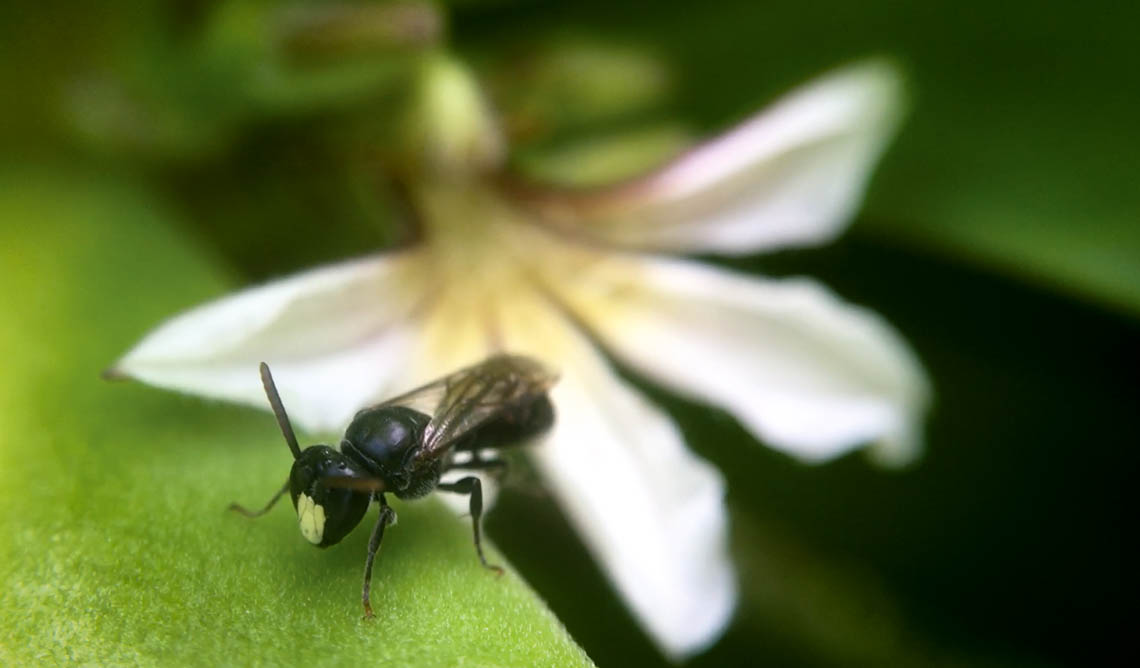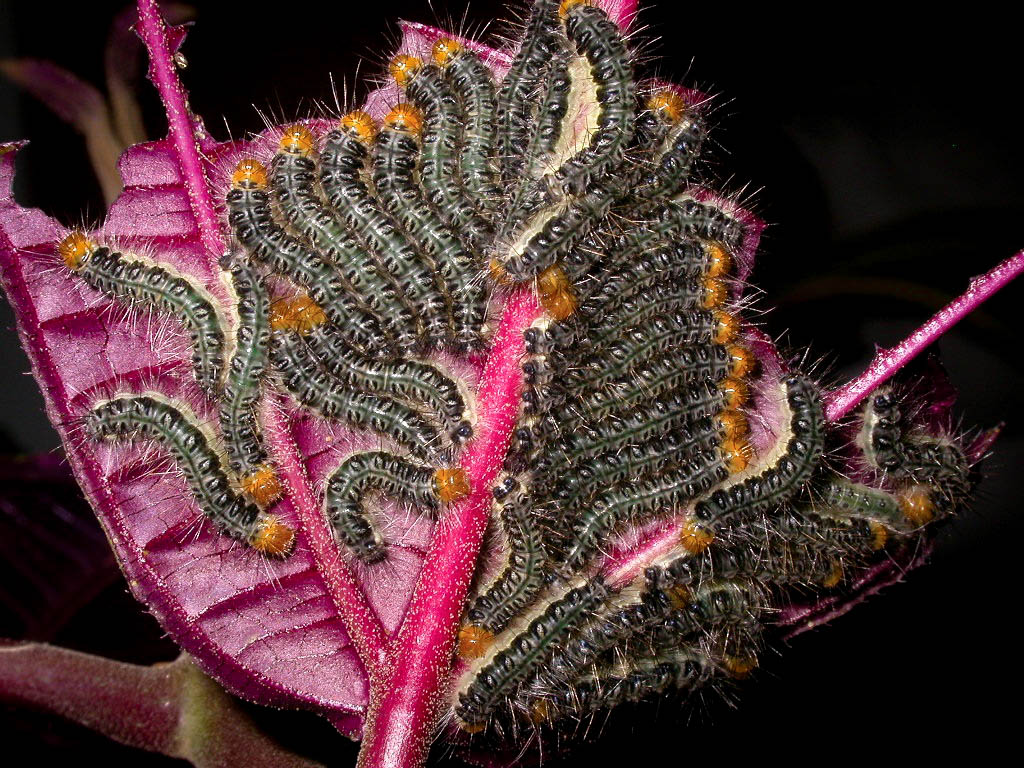Since Polynesian times, people have unwittingly carried plants and animals with them as they traveled to Hawaiʻi. Ants and skinks…
Read More
Yellow-faced bees defenseless and vulnerable to predatory ants
Somewhere between 400,000 and 700,000 thousand years ago–about the time Haleakalā was forming–a tiny bee arrived in the Hawaiian Islands….
Read More
The little fire ant (LFA) has been detected on the campus of Lahainaluna High School
Date: May 05, 2020 FOR IMMEDIATE RELEASEContact: Lissa Strohecker, Public Relations and Educational Specialist Adam Radford, MISC Manager, Maui Invasive Species…
Read More
Tiny golden butterfly could help halt miconia invasion
A tiny butterfly could soon help conservation crews address miconia.
Why can’t you keep rabbits on the ground? “Rabbit fever” affects people
Several years ago, a researcher working with sparrows at a rabbit farm on Maui fell ill. He was feverish and…
Read More





